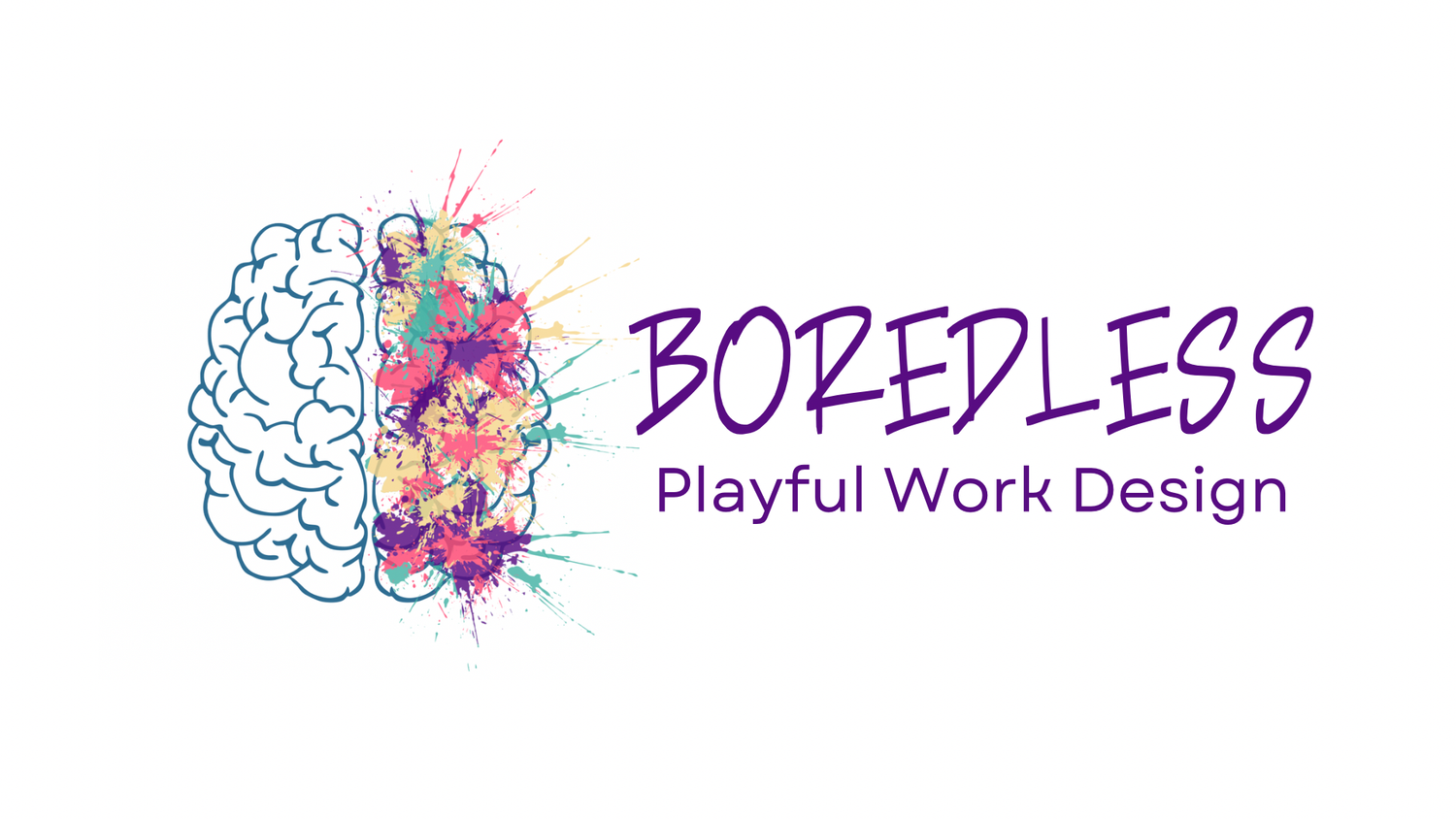What is Play, REALLY?
Play isn’t just fun and games. And it’s not just for kids. Play is a crucial and ancient part of being human. Just as we need water, nutrition, and sleep…we need play. It’s true! Play deprivation exists (and looks a lot like burnout!).
WHAT
Play - for adults - isn’t well defined by science. Through my studies of numerous authors, researchers, and other experts (Gokhan Gunes, Rene Proyer et al, the LEGO Foundation, Mihaly Csikszentmihalyi, Peter Gray, and more) I compiled the most discussed characteristics of play.
Personal: play is truly different for everyone.
Beneficial: We’ll talk about all the benefits after we list these out. But it’s wildly beneficial.
Seemingly Purposeless: It could have a cool outcome or even help you reach a goal, but to be truly playful, that goal can’t be WHY you’re doing the activity.
Optional: You must have some level of control over at least one aspect of the situation.
Joyful: play or a playful activity must bring you some level of joy/enjoyment. (this is also very personal!)
Skill Balanced: It can't be too hard and it can't be too easy. For those of you familiar with the Zone of Proximal Development, play usually falls well in that zone.** Please see update at the end.
Actively Engaging: This can be physically or cognitively/mentally engaging!
Iterative: You must be able to change some aspect of it next time you do it.
Intrinsically Motivating: Your reason for participating must be important to you at the intrinsic level.
Socially Interactive: This is a bonus characteristic that isn’t necessary to reap the benefits but will boost those benefits
HOW (the shortest explanation of the neuroscience of play ever)
When we play, our brains release a wonderful cocktail of incredibly beneficial neurochemicals such as dopamine, norepinephrine, serotonin, brain-derived neurotropic factors, anandamide, and endorphins. These are the very neurochemicals responsible for triggering happiness, reducing stress, controlling reactions in stressful situations, improving communication and relationships, providing motivation, increasing energy, enhancing learning, boosting memory, and is just the best way to support overall neuroplasticity.
Adults often struggle to figure out how to play. If it’s hard to move past the concept of play being for kids, or just about games, sports, or fun…consider Rene Proyer’s definition of playfulness. The ability to (re)frame any situation to be entertaining, stimulating, or interesting. Consider what aspects of your life and work you can reframe!
So, truly, simply playing can bring about incredible transformation in your personal and professional life. Need ideas on what to do for play? Check here and here!
WHY
Click here for podcasts (some from me, some from other experts), books, articles, and videos!
UPDATE! (As of December 2023). New research has me reconsidering my definition above! I no longer consider skill-balanced to be a characteristic of Play, it is in fact, only a characteristic of flow.








